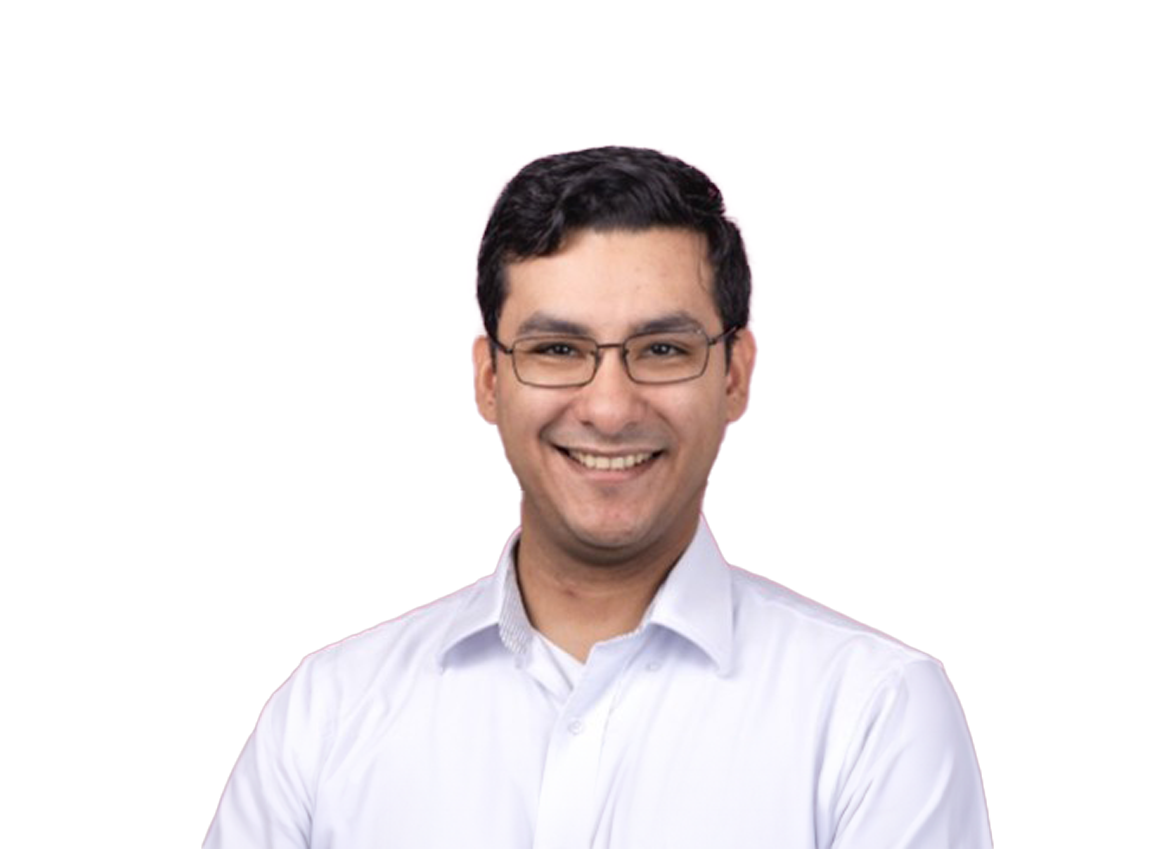Our global programme Skretting 360+ is a comprehensive package of innovative tools and services designed to optimise feeding, farming, and health management for fish and shrimp. In Ecuador, this is supported by specialised teams in shrimp production, shrimp health, shrimp technology, and production monitoring services.
Transforming shrimp farming in Ecuador with Skretting 360+

Skretting 360+ enables users to benchmark the performance of each production cycle and manage feed and harvest predictions by collecting and analysing real-time data. A crucial factor for its success has been the integration of smart feeders from Eruvaka, developers of cloud-based aquaculture pond management solutions. Before their introduction, shrimp were manually fed a few times a day, and distributing feed across large ponds was a time-consuming task. Additionally, visually monitoring shrimp feeding behaviour was challenging due to the turbid water in the ponds. Eruvaka feeders are digitally connected to the ponds, enabling automated feeding that responds to real-time monitoring and data collection.
Since Skretting 360+’s introduction six years ago, numerous customers in Ecuador have transformed their production processes. In order to understand just how impactful Skretting 360+ has been for them, we turned to David Riega, Digital Innovation Manager at Skretting Ecuador. As a key driver in these processes, he tells us his thoughts on the success of the programme, and also on the future of Skretting 360+.
-What role has Skretting 360+ played in the digitalisation of shrimp farming in Ecuador?
Skretting 360+ programme creation began during the early stages of automatic feeding in Ecuador back in 2016. At that time, manual feeding was the most common practice, which made it viable to feed shrimp only once or twice per day. This method was inefficient, as around 40% of the feed was wasted at the pond bottom, exacerbating bacterial problems and affecting survival. In essence, the farmers were underfeeding the shrimp and overfeeding the pond.
Skretting recognised the importance of providing a holistic solution to shrimp farmers. In addition to excellent nutrition, it was crucial to provide it efficiently and at the right time for the shrimp. This required the use of certain technology and, consequently, a transformation process on the farms.
Understanding this need, Skretting 360+ was launched for the first time in Ecuador as a programme aimed at transforming shrimp farming by focusing on three pillars: Precision Feeding, Farm Management, and Technical Support. Since its official launch in 2018, Skretting has been collaborating closely with shrimp farmers to maximise their farm results. The programme has successfully reduced feed conversion ratio by an average of 20% and production cost by 26%. Growth has increased by 25%, and survival rates by 14% on average, and for many customers their harvested biomass increased by more than 50%.
-In your opinion, what has been the biggest impact of Skretting 360+ on Ecuadorian shrimp farming?

If you want to contemplate the overall impact of technology and farm protocol improvement in the industry, you need to look at the country's shrimp production and exports. From 2006 to 2013 (after the post-white spot syndrome epidemic) the average yearly exports growth was 8.7%. When the technification journey began and farmers started using nurseries, aeration, and automatic feeding, production experienced a positive impact. In 2014 – the year in which the automatic feeding journey started – exports increased an average of 18% since then until 2023.
Skretting 360+ has been part of the journey, making significant contributions by developing farm protocols to technify the farms, and supporting farm personnel through training in nutrition, technology, water management, health management, and data analysis. The acquisition of Eruvaka by Nutreco, our parent company, played an important role in this transformative process.
-Do you have any plans to further develop the Skretting 360+ offering in Ecuador?
Yes. We are excited about all the opportunities we have identified, and we will focus our efforts on the following areas:
Feeding: The most advanced feeding technology is passive acoustics expert systems. They are very efficient and provide an enormous uplift to the farm results when transitioning from manual feeding. However, as their use becomes more common in the industry, it will be increasingly imperative to develop the incremental improvements that farmers need. Enhanced algorithms utilising edge AI are essential, and we are exploring how to maximise the use of sound data to build acoustic profiles that correlate with shrimp behaviour.
Farming: Efficient feeding has been achieved, but now we face new challenges, such as better integrating other technologies like aeration and pumping stations. How can we digitalise manual revisions on the farm? Among other initiatives, we are working on AI image-based protocols in the field and developing simple ways to integrate different vendor technologies into our platform.
Health: We recognise the immense potential in improving shrimp health to achieve incremental gains. Healthier shrimp grow better, have higher survival rates, and achieve a more efficient FCR. Therefore, we will continue to develop innovative nutritional solutions. We also aim to further develop tools that enable environmental monitoring and control to prevent algal blooms using edge ultrasonic protocols and with access to live data to aid decision-making.
Additionally, we look forward to continuing to reach new levels of shrimp health data digitalisation.
Technical Support: A fundamental pillar, it has always allowed us to stay close to our customers and their needs, allowing us to develop products that solve real problems, this is a continuous improvement process for us. We will continue supporting our customers in the transformation journey to produce using technology, making the change management more harmonic while the production cost is reduced. We are also strengthening our core operations and processes to have one single digital platform.
